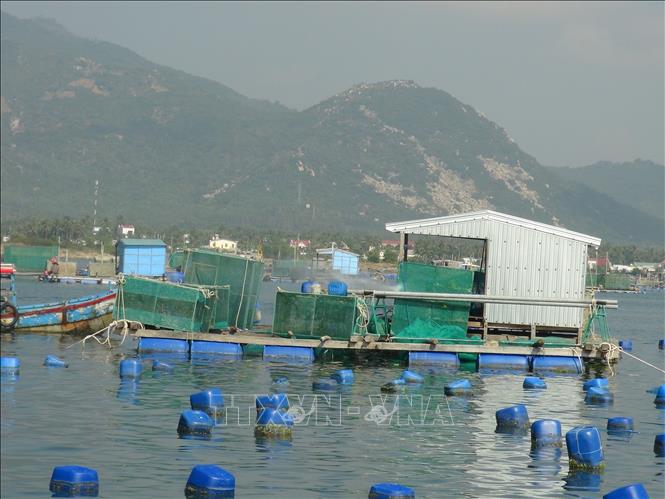
Lesson 1: Khanh Hoa pioneers in marine farming model
In the strategy of sustainable marine economic development, industrial marine farming is becoming an inevitable direction of Vietnam. Khanh Hoa - a locality with a strong tradition of aquaculture is pioneering the transformation, from coastal wooden cages to high-tech marine farming systems in the open sea. Van Ninh High-Tech Marine Farming Cooperative - the first industrial marine farming cooperative of the province was recently launched. This marks an important turning point for marine farmers in Khanh Hoa province, opening an era of industrial, sustainable aquaculture.
“Small steps, big success”
With a coastline of nearly 500 km, more than 200 large and small islands and many lagoons and sheltered bays, Khanh Hoa is considered a locality with ideal natural conditions for the development of industrial marine aquaculture. In recent years, the province has promoted the application of HDPE plastic cages - a material that can withstand strong winds and waves, has high durability, and adapts well to climate change.
According to the Department of Agriculture and Environment of Khanh Hoa, each year the province produces more than 32,000 tons of aquaculture products, of which marine aquaculture accounts for about 50%. In 2024, seafood export turnover will reach nearly 850 million USD. The whole province currently has more than 80,800 lobster cages, along with 15,000 cages for raising various types of marine fish. Khanh Hoa is also the largest aquatic seed production center in the country, accounting for about 30% of the total national seed output, with 558 production facilities, supplying more than 41 billion seeds each year; of which there are 40 lobster hatcheries with an output of 27 million.
In recent years, the province has successfully piloted many high-tech marine farming models using HDPE cages, which are resistant to wind and waves and adaptable to climate change. Cobia, pearl grouper, and lobster farming models in Cam Ranh and Dai Lanh all achieved higher profit margins than traditional wooden cages, from 112 to 172%. Van Ninh High-Tech Marine Farming Cooperative or Van Phong Aquatic Tourism Cooperative have been established, applying HDPE cage farming technology combined with tourism development, creating a sustainable value chain.
Mr. Nguyen Van Ty, one of the pioneers in raising cobia in the open sea area in South Cam Ranh shared: Previously, he raised fish in wooden cages which was very difficult, especially when encountering big waves and storms. Wooden rafts were difficult to operate, unsafe, and not suitable for large-scale farming. Since switching to HDPE cages, farming has become much more convenient. This type of cage has a sturdy structure, is easy to move, can withstand wind and waves well, and is suitable for the deep-sea environment, helping farmers feel secure in production.
Not only does it help people feel secure in production, the new technology also helps reduce pressure on coastal areas, expand farming space far out to sea, and limit pollution and conflicts with the ecosystem. Mr. Nguyen Thanh Sang, Chairman of the Board of Directors of Van Phong Tourism Aquaculture Cooperative, said that the cooperative has pioneered the application of high-tech marine farming models in Khanh Hoa, using HDPE plastic cages that can withstand strong winds and waves in offshore waters. This technology conversion not only helps reduce risks from winds and waves and diseases, but also creates a clean farming environment that meets international standards.
In addition, the cooperative also plays a role in connecting production, linking value chains and supporting farmers in accessing markets. “We not only focus on farming but also aim to develop aquatic tourism, creating sustainable value for coastal people,” said Mr. Nguyen Thanh Sang.
In addition to lobsters and marine fish, Khanh Hoa province also develops high ecological value farming species such as Pacific oysters, seaweed, sea cucumbers, and pearl mussels, contributing to product diversification and increasing competitiveness for the local seafood industry.
Mr. Nguyen Duy Quang, Director of Khanh Hoa Department of Agriculture and Environment, said that the application of high technology not only increases productivity but also helps protect the environment and adapt to climate change. Khanh Hoa has become a bright spot in industrial marine farming, creating high-quality seafood products for export to Japan, Korea, the US, etc.
Taking marine farming far and wide
Models over the years have proven the superiority of HDPE cages: high economic efficiency, safer against natural disasters, environmentally friendly, contributing to the stability and sustainable management of marine farming areas. Currently, many establishments and units have applied this in the province such as: Ngoc Trai Company Limited, Australis Vietnam Seafood Company Limited, High-tech Marine Farming Center...
In order to continue to expand the pilot model of developing high-tech marine farming to help people gradually convert from traditional cages to cages made of new materials (HDPE, FRP, etc.), the Department of Agriculture and Environment and localities are currently coordinating with Thien Tam Fund - Vingroup to continue to support the cost of installing cages for 70 households in the province.
Notably, Khanh Hoa also has a leading aquaculture research system in the country with the Institute of Oceanography, the Research Institute for Aquaculture III and Nha Trang University. These are valuable scientific resources, helping the province apply biotechnology, select and create new breeds, control the farming environment, and move towards a green and sustainable marine farming model.
With its potential, advantages, scientific foundation and human resources, expert Leonardo Mata, Director of the Green Grazing Seaweed Project, Australis Vietnam Seafood Co., Ltd., assessed that Khanh Hoa has all the conditions to develop marine aquaculture into a billion-dollar industry.
Besides the outstanding achievements, Khanh Hoa marine aquaculture industry still faces many challenges. According to Mr. Nguyen Duy Quang, high-quality seed sources still depend on imports or natural exploitation, causing production costs to increase and making it difficult to be proactive in supply. The infrastructure of concentrated farming areas is not yet synchronized, most households still raise on a small scale, using wooden cages, and lacking environmental monitoring equipment. Planning and granting of water surface use rights are still slow, and the buoy system and signs serving marine aquaculture are not yet complete. Large investment capital and long farming time also make many households hesitant, while the participation of large enterprises is still limited.
Recently, Khanh Hoa has been approved by the Prime Minister for the pilot project on developing high-tech marine aquaculture in Decision No. 231/QD-TTg. The project is expected to require an investment capital of 1,000 billion VND; of which, the provincial budget will provide 300 billion VND, farmers will contribute 400 billion VND and the rest will come from preferential loans and other credit institutions. This project will contribute to increasing productivity and value of aquatic production, improving income for people and related organizations, creating jobs and promoting socio-economic conditions. At the same time, it will protect the marine environment and move towards sustainable marine economic development, reduce pressure on coastal waters and minimize development conflicts between local economic sectors.
According to Mr. Trinh Minh Hoang, Vice Chairman of Khanh Hoa Provincial People's Committee, the implementation of high-tech marine farming pilot models is a concrete step to realize the strategy of sustainable marine economic development. The province is focusing on perfecting mechanisms and policies to support fishermen in borrowing preferential loans, purchasing insurance to prevent risks, and investing 500 billion VND in the 2026-2030 period to build infrastructure for concentrated offshore farming areas. "The goal is to help people feel secure in investing, reduce costs, increase profits, and move towards forming a large-scale industrial marine farming industry associated with environmental protection and sovereignty over seas and islands," Mr. Trinh Minh Hoang emphasized.
From the practice in Khanh Hoa, it can be seen that the path to industrialization of marine aquaculture is gradually taking shape - starting from technological innovation, expanding production space and increasing product value. However, for this model to spread and promote effectively nationwide, synchronous solutions are needed regarding value chain, infrastructure and policy.
Lesson 2: Improving the value chain
Source: https://baotintuc.vn/kinh-te-bien-dao/nuoi-bien-cong-nghiep-vuon-tam-kinh-te-xanh-bai-1-tien-phong-voi-mo-hinh-nuoi-bien-20251112134323689.htm







![[Photo] Deep sea sand deposits, ancient wooden ship An Bang faces the risk of being buried again](https://vphoto.vietnam.vn/thumb/1200x675/vietnam/resource/IMAGE/2025/11/13/1763033175715_ndo_br_thuyen-1-jpg.webp)
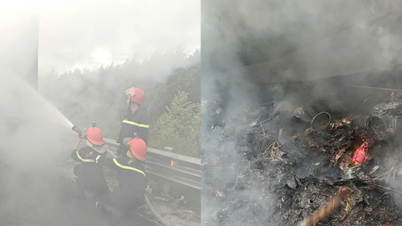

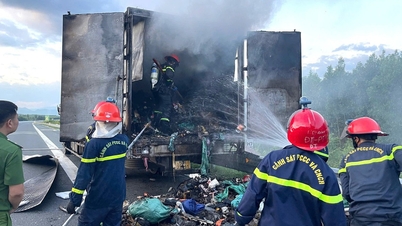








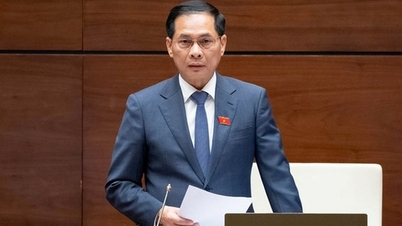













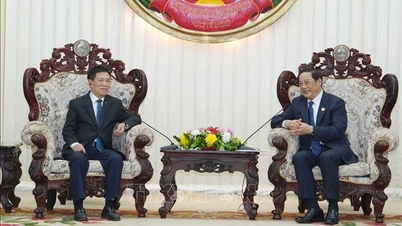
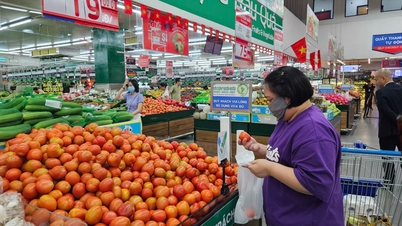
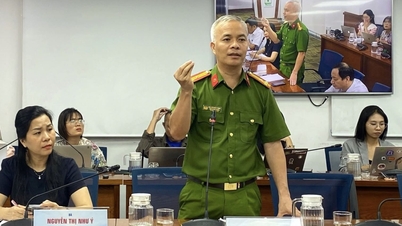

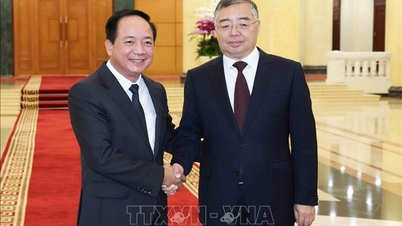







































![[Photo] Panorama of the 2nd Vietnam-Cambodia Border Defense Friendship Exchange](https://vphoto.vietnam.vn/thumb/402x226/vietnam/resource/IMAGE/2025/11/13/1763033233033_image.jpeg)
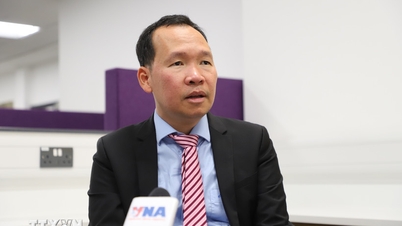


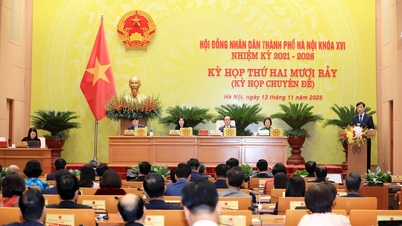


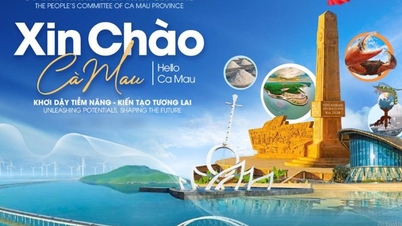
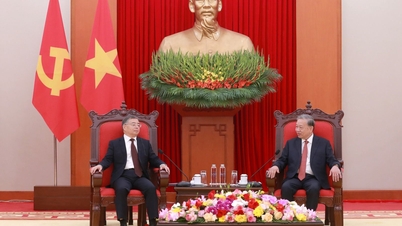
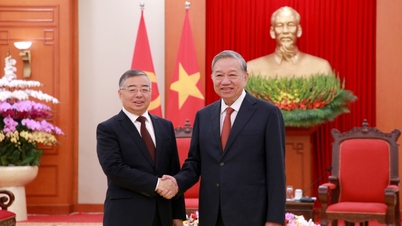




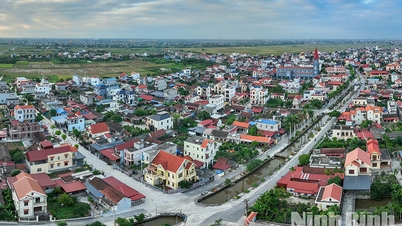

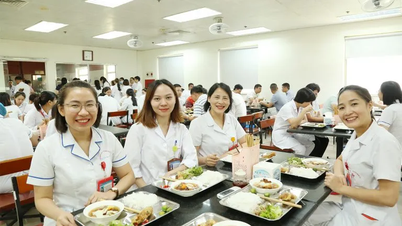






![Dong Nai OCOP transition: [Article 3] Linking tourism with OCOP product consumption](https://vphoto.vietnam.vn/thumb/402x226/vietnam/resource/IMAGE/2025/11/10/1762739199309_1324-2740-7_n-162543_981.jpeg)







Comment (0)